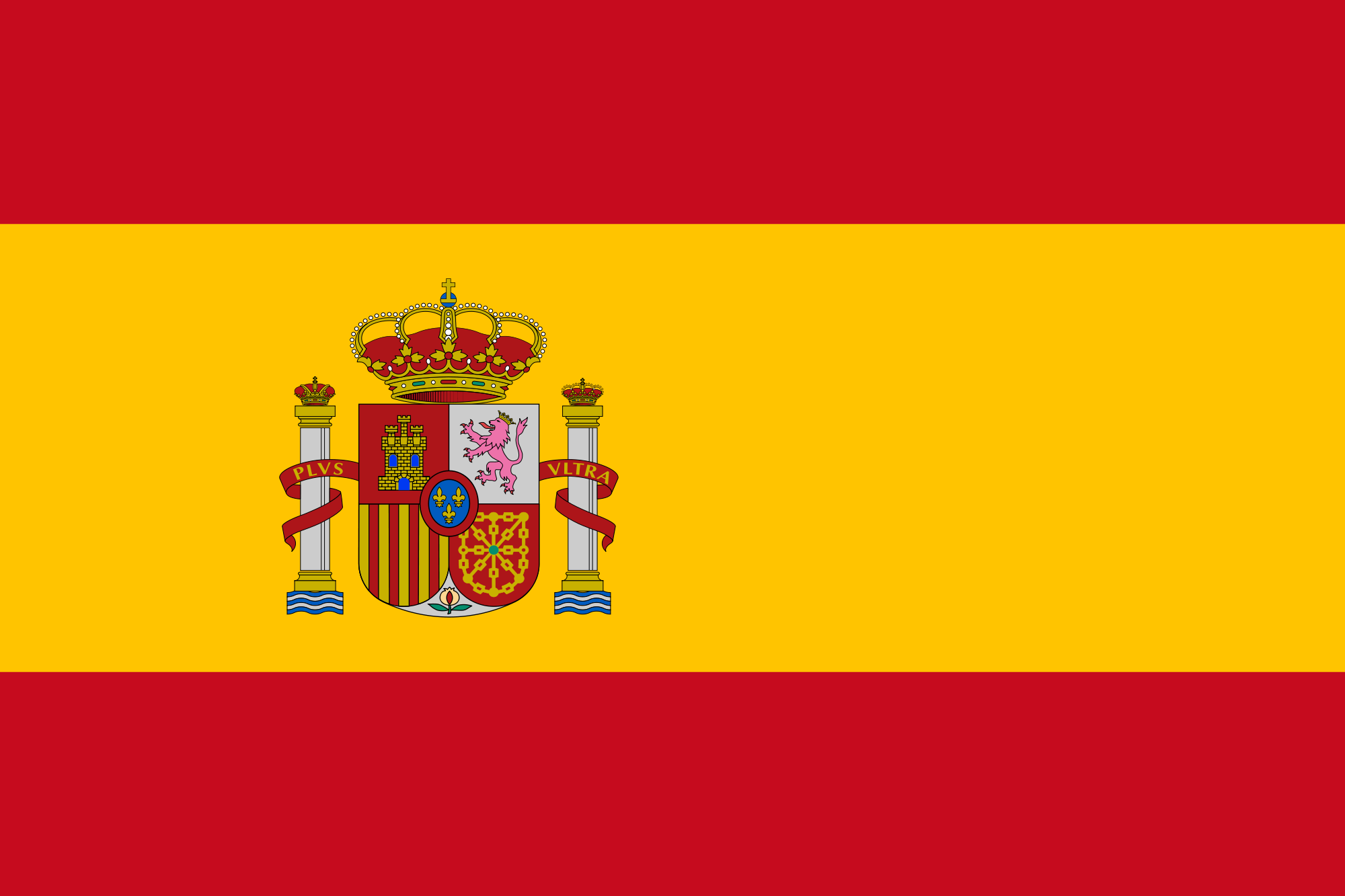Program
Throughout LAPRW 2019 there will be simultaneous translation English/Spanish and Spanish/English
However, there will NOT be simultaneous translation during pre and post workshop courses
May 5th, 2019 (Sunday)
Plenary Lecture 1

Is this finding related to a pesticide use or not? Digging into the sources of “pesticide-related” compounds encountered in food
Dr. Michelangelo Anastassiades - European Union Reference Laboratory for Single Residue Methods, CVUA Stuttgart, Germany
Plenary Lecture 2
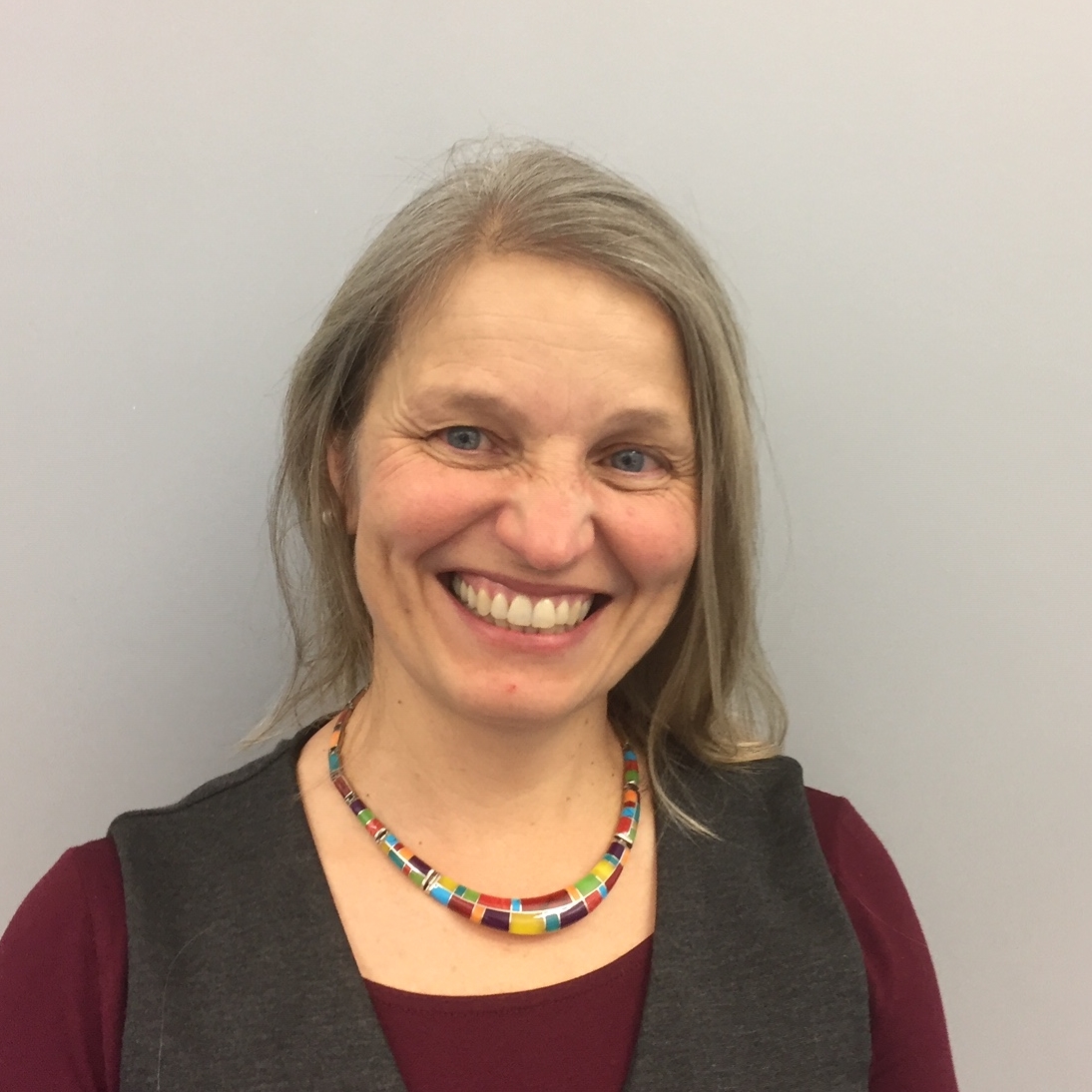
European experiences on pesticide monitoring programmes
Dr. Hermine Reich - European Food Safety Authority (EFSA), Italy
May 6th, 2019 (Monday)
Pesticide Residues in Bee and Bee Products
Keynote Lecture 1

Challenges in determining the exposure of pollinators to pesticides
Dr. Brian Eitzer, Department of Analytical Chemistry - The Connecticut Agricultural Experiment Station, USA
Oral Lecture 1

What do pesticide residues collected by honey bees teach us?
Prof. Dr. Silvina Niell – Group of Trace Compound Analysis (GACT)/ North CENUR of La Republica University, Uruguay
Oral Lecture 2
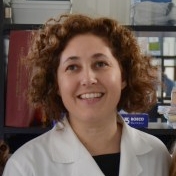
Neonicotinoids in bee and bee products, analytical methodology and application to a field study
Prof. Dr. Maria Rosa Repetti - Program of Research and Analysis of Chemical Residues and Contaminants (PRINARC) of National University of Litoral, Argentina
Oral Lecture 3

Evaluation of pesticide residues in honey bees and beehive products. Monitoring in Spain
Dra. Maria Dolores Hernando Guil – National Institute of Agricultural and Food Research and Technology (INIA), Spain
Short Oral Presentations
Short Oral Presentation 1
Air Contamination by Legacy and Current-Use Pesticides in Brazilian Mountains: An Overview of National Regulations by Monitoring Pesticide Presence in Pristine Areas
Yago de Souza Guida, Institute of Biophysics/UFRJ - Brazil
Short Oral Presentation 2
Assessment of the Safe and Efficient Use of Biobeds through Analytical Control
Anisleidy Rivero, GAT, Faculty of Chemistry/UDELAR - Uruguay
Short Oral Presentation 3
Wide-Scope Pesticide Residues and Contaminants in Cereal-Based Infant Formulas
Nicolás Michlig, PRINARC – FIQ/UNL - Argentina
Pesticide Residues in Organic Food and Environment
Keynote Lecture 2

Residues in organic food: Enforcement cases
Dr. Andreas Schürmann - Kantonales Labor, Zurich, Switzerland
Oral Lecture 4
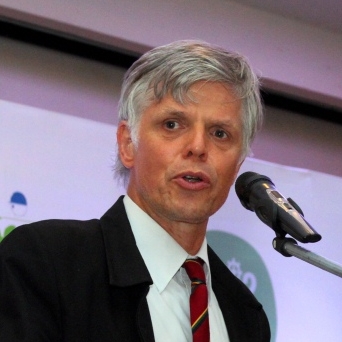
Environmental pesticide monitoring in intensive tropical agricultural systems: How to focus?
Prof. Dr. Clemens Ruepert, Central American Institute for Studies on Toxic Substances (IRET) - National University of Costa Rica, Costa Rica
Oral Lecture 5

Detection of pesticide poisoning of wildlife and preventive actions taken by the authorities
Dr. Mette Erecious Poulsen - European Union Reference Laboratory for Cereals and Feeding Stuff, Denmark
Oral Lecture 6
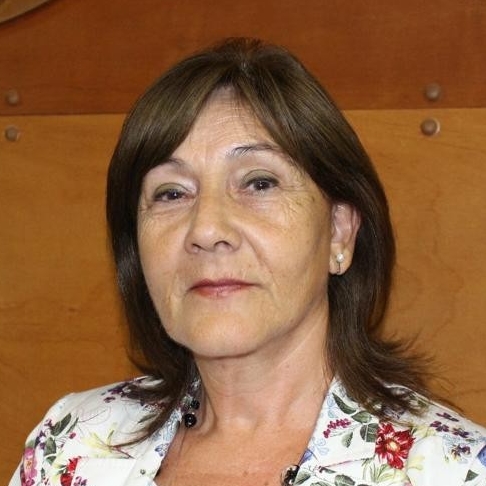
Advances in biopurification system for pesticides degradation
Prof. Dr. Maria Cristina Diez Jerez – Universidad de La Frontera, Chile
May 7th, 2019 (Tuesday)
Quality Assurance / Quality Control / Accreditation Challenges
Keynote Lecture 3
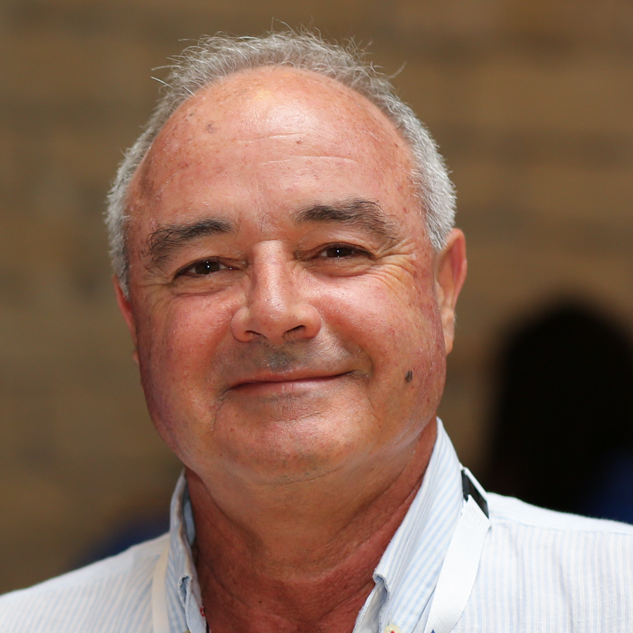
Relationship between measurement uncertainty, recovery factors and validation/QC criteria in multiresidue analysis of pesticides: A critical review
Prof. Dr. Antonio Valverde - Almería University, Spain
Oral Lecture 7

Improvement in analytical performance from participation in EU proficiency test on cereals and feed
Dr. Susan Strange Herrmann - European Union Reference Laboratory for Cereals and Feeding Stuff, Denmark
Oral Lecture 8

Reference Materials for Food Safety: The NIST Approach
Dr. Jacolin Murray - National Institute of Standards and Technology (NIST), USA
Oral Lecture 9

Certified Reference Materials for pesticide analysis: where are we now?
Dr. Marta Dabrio - European Commission, Directorate General Joint Research Centre, Directorate F – Reference Materials Unit, Belgium
Panel Discussion/Round Table
Laboratory and Data Quality Management
What laboratory and QA/QC practices are useful to simplify, economize, and speed analyses while ensuring that results are good enough to meet needs?
Laboratory Quality Management is an evolving and advancing field, just as other aspects of analytical chemistry. For example, ISO 17025 has recently been updated, and new developments in AOAC International and EU guidelines have been implemented. In statistics, assessments taking into account probability of detection, qualitative analysis, and spurious errors are becoming more prominent. Greater availability of analytical standards, reference materials and proficiency testing samples is leading to better evaluation of methods and laboratory performance. In terms of efficiency, options to (re-)validate methods using ongoing QC samples for representative analytes and matrix types can be conducted. Since the "fit-for-purpose" and "good enough" data quality factors entail elements of subjectivity, all parties (managers, analysts, regulators, clients, QA/QC officers, and accreditors) need to have open communication about setting data quality objectives and QA/QC practices that effectively meet the needs for the results most efficiently. The goal of this panel session is to reach a reasonable consensus in answer to the question: "What is enough validation and quality control to demonstrate that method performance is good enough?"
Coordinators: Dr. Carmen Ferrer Amate and Dr. Steve Lehotay
Participants:

Dr. Antônio Valverde
(University of Almeria, Spain)
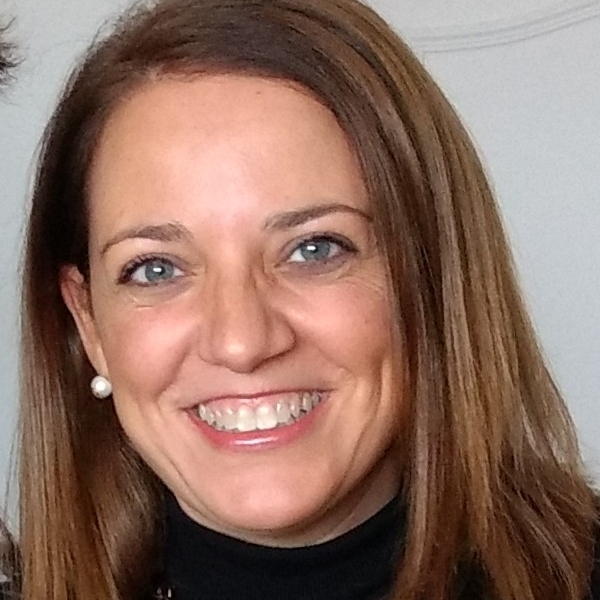
Dr. Carmen Ferrer Amate
(European Union Reference Laboratory for Pesticides in Fruits and Vegetables, Spain)
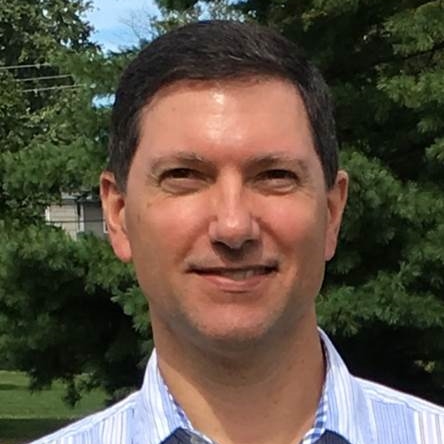
Dr. Steven Lehotay
(United States Department of Agriculture (USDA), USA)

Dr. Jacolin Murray
(National Institute of Standards and Technology (NIST), USA)

Dr. Marta Dabrio
(European Commission, Directorate General Joint Research Centre, Directorate F – Reference Materials Unit, Belgium)

Dr. Patricia Camargo
(Laboratory Accreditation Division (Dicla), Brazilian National Institute of Metrology, Quality and Technology (INMETRO), Brazil)

Ing. Laura Noelia Gonzalez
(Accreditation body, Argentina)
Ing. Cecibel Torres Molinares - Ministerio de Comercio e Industrias de Panamá
Logistics: audience should preferably provide written questions in advance (box on registration desk)
Monitoring Studies and Risk Assessment
Keynote Lecture 4
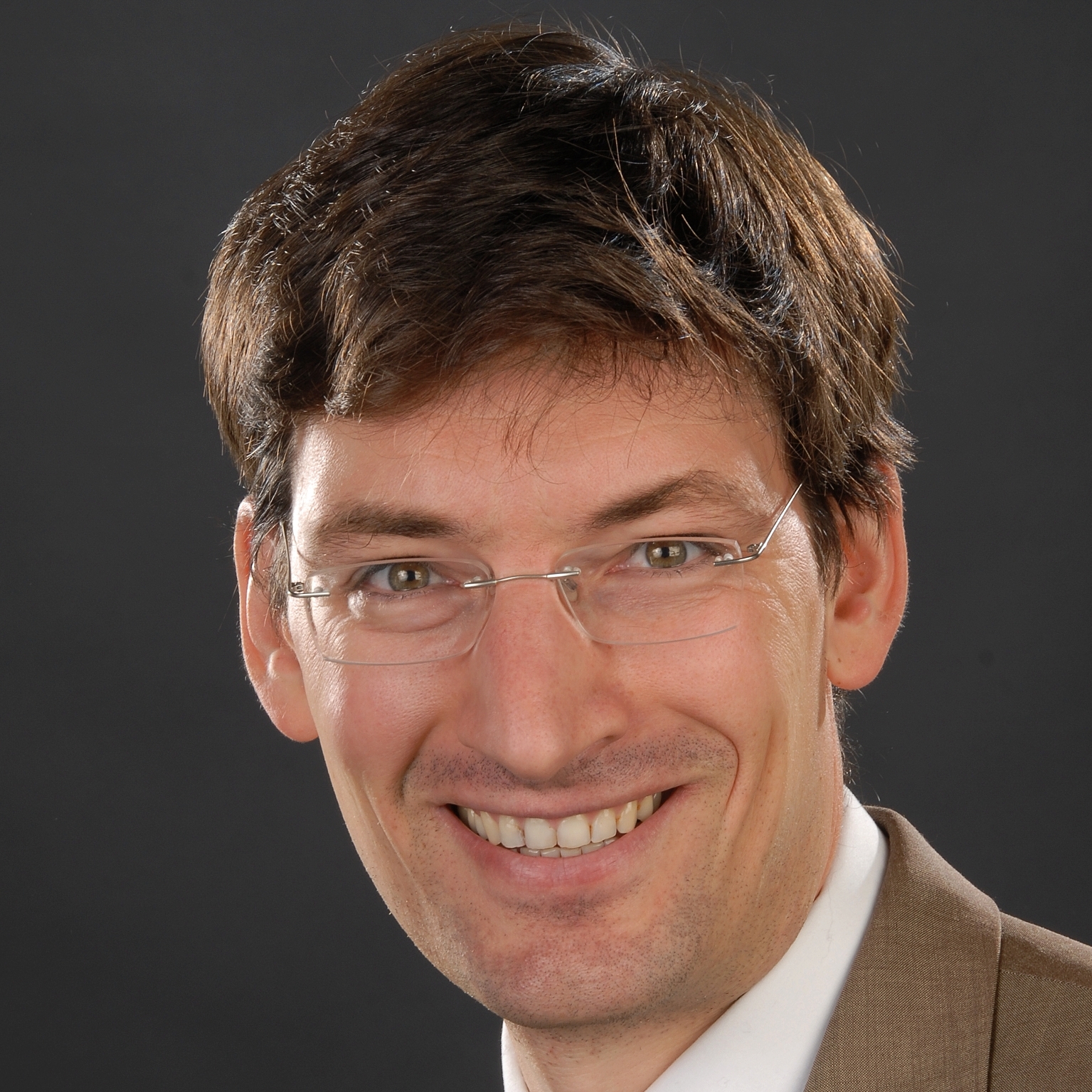
Are pesticide residue levels safe for infants and young children?
Dr. Thomas Kuhl - German Federal Institute for Risk Assessment (BfR), Germany
Oral Lecture 10
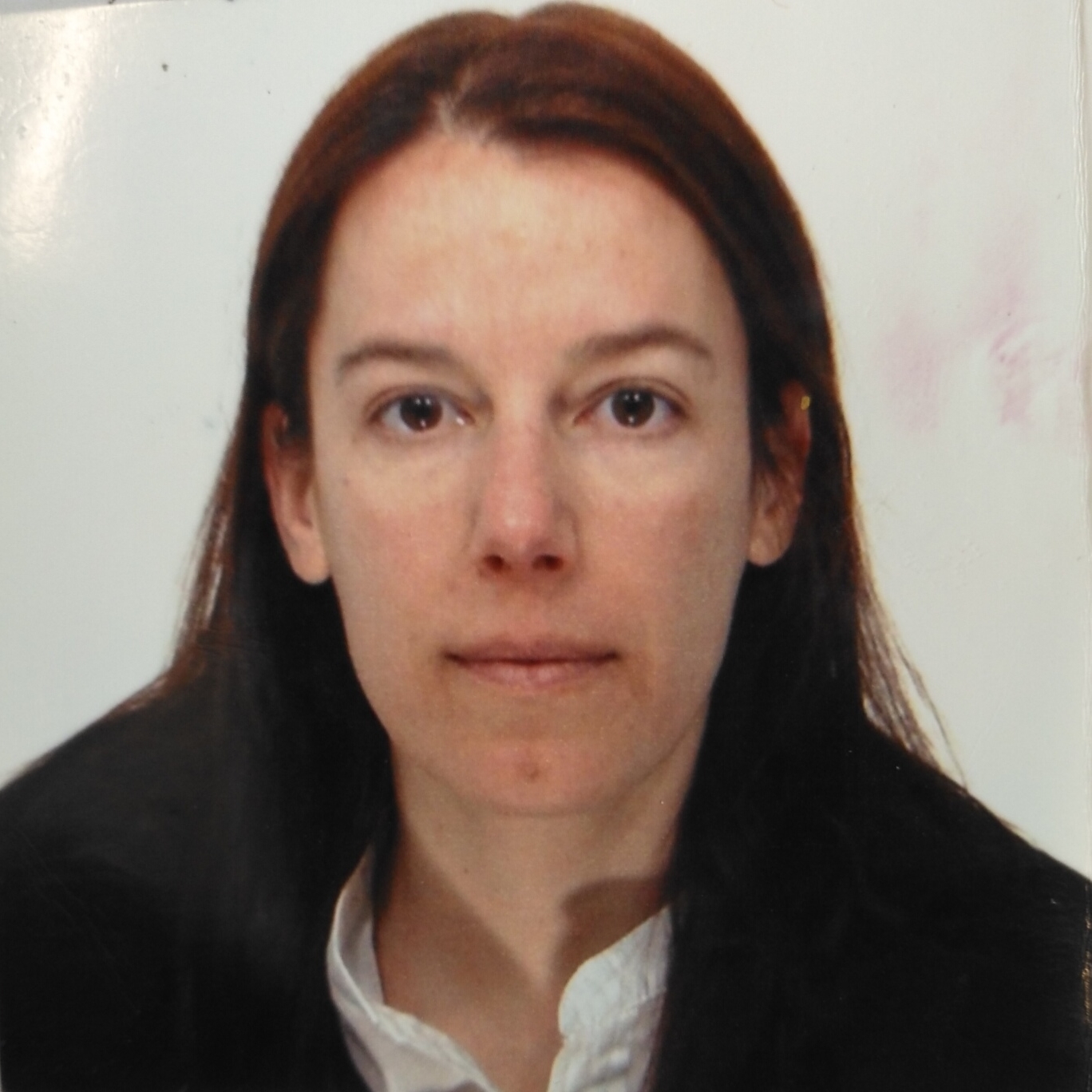
Trends in the EU-coordinated programme
Dr. Paula Medina - European Food Safety Authority (EFSA), Italy
Oral Lecture 11
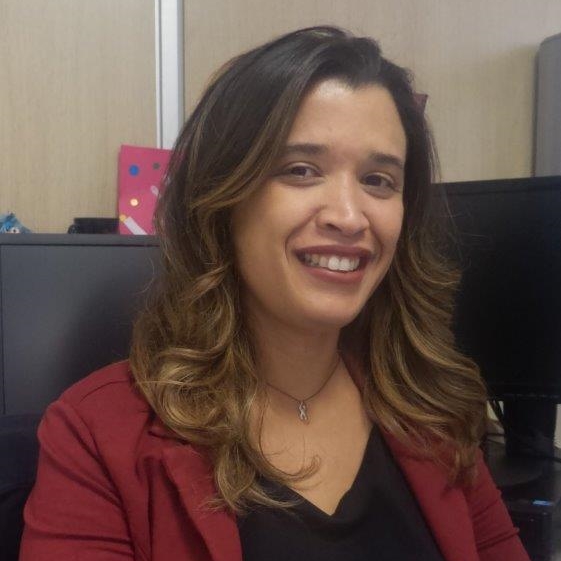
Monitoring and Dietary Risk Assessment for Pesticide Residues in Brazilian Food – Glyphosate Analysis and Toxicological Re-evaluation Process
MSc. Adriana T. de Sousa Pottier - General Management of Toxicology (GGTOX), National Health Surveillance Agency (ANVISA), Brazil
Oral Lecture 12

Brazilian national plan for control of residues and contaminants in products of plant origin - PNCRC/Plant
Dr. Rosana R. de Vasconcellos - Secretariat of Agricultural Defense (DAS), Ministry of Agriculture, Livestock and Supply (MAPA), Brazil
May 8th, 2019 (Wednesday)
Advances in Sample Preparation and Analytical Procedures
Keynote Lecture 5

Research to meet pesticide residue analysis needs requires resourcefulness, not necessarily resources
Dr. Steven Lehotay – United States Department of Agriculture (USDA), USA
Oral Lecture 13

How to set priorities for inclusion of pesticides in the scopes of residue analytical methods – An European perspective
Dr. Lutz Alder - formerly German Federal Institute for Risk Assessment (BfR), Germany
Oral Lecture 14

Development and validation of a robust, Selective Multi-Residue Method for Glyphosate and 13 other polar pesticides/metabolites
Dr. Sonia Herrera Lopez – Netherlands Food and Consumer Product Safety Authority, The Netherlands
Oral Lecture 15
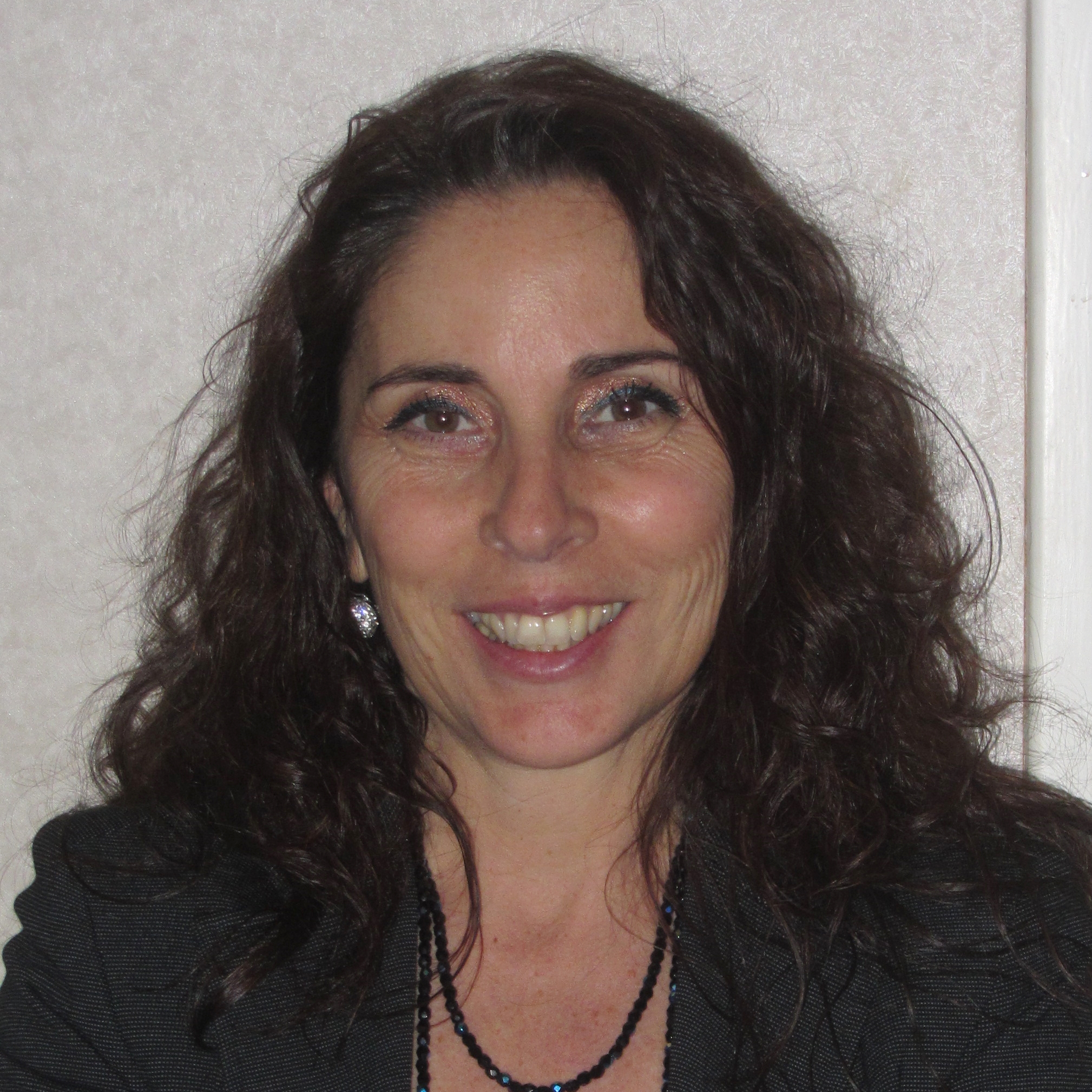
Development of a multiresidue method for pesticide residues analysis in fat tissues by acetonitrile extraction and Triple Quadrupole determination
Dr. Patrizia Pelosi – Italian National Institute of Health (IIS), Italy
Short Oral Presentations
Short Oral Presentation 4
Phycoremediation of Contaminants of Emerging Concerns by Microalgae Scenedesmus Obliquus: A Laboratory Scale Study
Mariana J. Veuthey, Faculty of Food Sciences-UNER/ CONICET/ INTA - Argentina
Short Oral Presentation 5
Cups in Remote Areas: Are they Really Non-Persistent?
Raquel C. G. Nepomuceno, UFRJ - Brazil
Short Oral Presentation 6
Pollution Levels of Pesticides in Surface Sediments from Cartagena Bay, Colombia by QuEChERS and GC/MS/MS
Beatriz Jaramillo-Colorado, University of Cartagena - Colombia
State of the Art of Low and High Resolution Mass Spectrometry Methods
Keynote Lecture 6

Advantages and disadvantages of MS and HRMS platforms for pesticide residue analysis
Prof. Dr. Amadeo Fernandez-Alba – European Union Reference Laboratory for Fruits and Vegetables, Spain
Oral Lecture 16
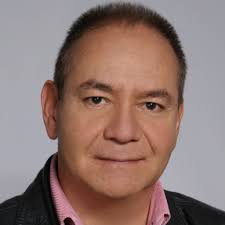
Screening methods for determination of pesticide residues in fruits and vegetables using LC-high resolution mass spectrometry – Orbitrap
Prof. Dr. Jairo A. G. Dallos – Colombia National University, Colombia
Oral Lecture 17

The impact of optimizing important LC- and MS- parameters to get the best performance when screening and quantifying by LC-Q-Orbitrap
Dr. Susanne Ekroth – Swedish National Food Agency, Sweden
Oral Lecture 18
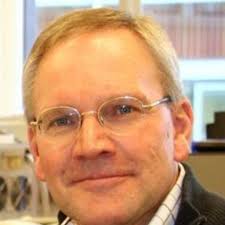
Complimentary use of GC- /LC-HRMS to GC- /LC-MS Triple Quad MS/MS in routine pesticide multi and single residue analysis
Dr. André de Kok – Netherlands Food and Consumer Product Safety Authority, The Netherlands

